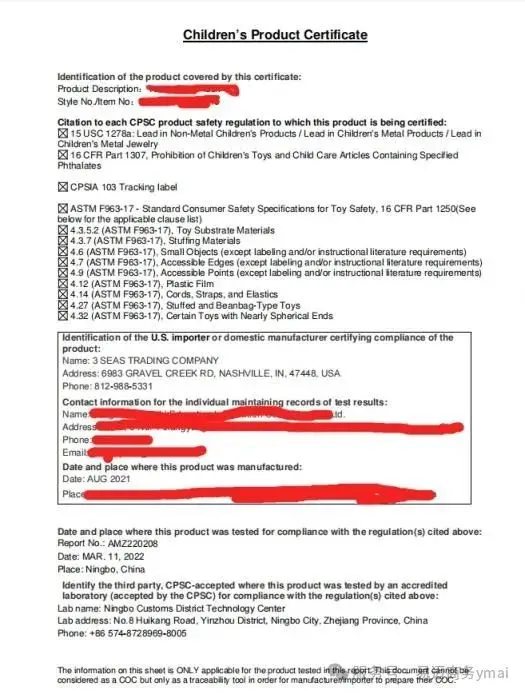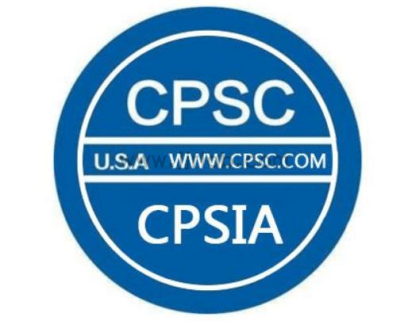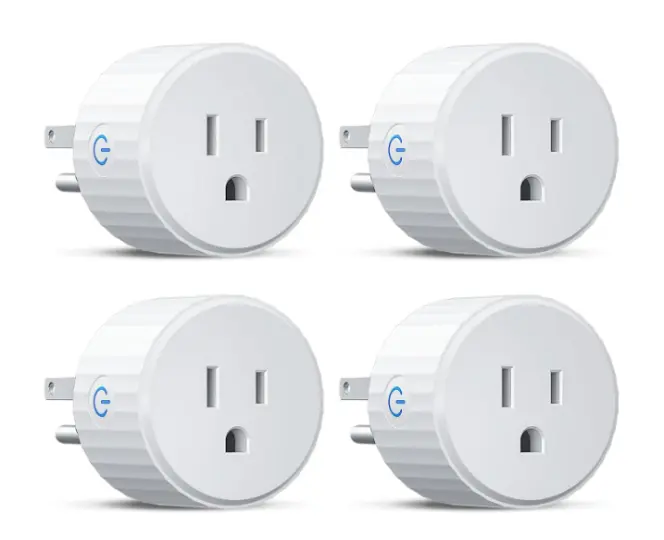
How to Get CB Certification for Chargers?
Overview of the IECEE CB Scheme
The IECEE CB Scheme is a global mutual recognition system established by the International Electrotechnical Commission (IECEE). The scheme operates as a multilateral agreement between member countries and certification bodies to harmonize national standards with international standards and promote cooperation among National Certification Bodies (NCBs). This helps manufacturers achieve the goal of "one product, one test, and acceptance in multiple markets," facilitating international trade. It is often referred to as the "universal key" to global market access.
Member Countries
The CB Scheme includes major export markets for Chinese electromechanical products such as:
- United States
- Japan
- Western Europe
- Northern Europe
- Poland
- Russia
- ASEAN countries
- South Africa
- Australia and New Zealand
As of now, over 80 NCBs from more than 50 member countries have signed multilateral agreements under the IECEE CB Scheme, simplifying the process for conformity assessment and market entry. Once a company obtains a CB certificate from one NCB, it can convert it to other certificates to facilitate entry into relevant markets.
cb certification Overview
Scope of cb certified Products
The CB Scheme covers products under IEC standards within the IECEE system, divided into 15 main categories:
1. Batteries (BATT)
2. Cables (CABL)
3. Capacitors as components (CAP)
4. Appliance switches and automatic controls (CONT)
5. Energy efficiency (E3)
6. Electric vehicles (ELVH)
7. Household and similar appliances (HOUS)
8. Installation accessories and connection devices (INST)
9. Lighting equipment (LITE)
10. IT and office equipment (OFF)
11. Low-voltage high-power switchgear (POW)
12. Installation protective devices (PROT)
13. Safety transformers (SAFE)
14. Portable power tools (TOOL)
15. Electronic entertainment devices (TRON)
Advantages of Domestic CB Certification
- Cost Savings: Domestic testing can be more cost-effective compared to foreign cb testing bodies.
- Time Efficiency: Local testing minimizes sample and document transfer times, speeding up the certification process.
Charger CB Testing Guidelines
Certification Standards
- Cells: Must be tested per IEC 62133 for certification.
- Chargers: Tested under IEC 62368 (Note: Saudi Arabia recognizes IEC 60950).
CB Certification Test Items
- Basic performance
- Environmental testing
- Electrical characteristics
- Basic safety
- Drop test
- Impact test
- Stability test
- Temperature rise
- Capacitor discharge
- Insulation resistance
- National difference design
Required Documents for Charger CB Certification
1. Test samples
2. English manual
3. Circuit schematic and PCB layout
4. Nameplate
5. BOM (bill of materials)
6. Completed Pre-Application Form for CB Test Certificate, including:
- Applicant’s name and address
- Manufacturer’s name and address (if different)
- Factory details
- Product name, specifications, and model identification
- Registration proof (for first-time applicants)
- Technical documents (as needed)
- Contact information
Note: Requirements may vary by product. Contact Wuxiang staff for assistance.
Benefits of CB Test Certificates
Conversion to Foreign Certification
- Direct Application: Holders of a CB certificate can apply for certification in other countries.
- Review Process: Certification bodies review the CB certificate and report; successful reviews lead to certification without additional testing.
Conversion to Chinese Certification
- National Certification: CB test reports can be used for Chinese national product certification.
Direct Recognition by Other Countries
- Export Facilitation: Products with CB certificates can be exported directly to certain countries.
Cost and Time Savings
- Domestic Testing: Reduces costs and sample/document turnaround times.
Higher Success Rate for Passing
- Pre-Testing Advantage: CB-certified products are more likely to pass national difference testing.
Understanding IECEE and CB Scheme
- IECEE: "The IEC System for Conformity Testing and Certification of Electrical Equipment."
- CB Scheme: "Scheme of the IECEE for Mutual Recognition of Test Certificates for Electrical Equipment."
- NCB: A National Certification Body must meet quality and technical capability standards to join the CB Scheme and can be classified as a recognized or issuing/recognizing body.
Email:hello@jjrlab.com
Write your message here and send it to us
 Toy Toxicology Testing CA
Toy Toxicology Testing CA
 CPSIA Compliance for Children's Products
CPSIA Compliance for Children's Products
 Food Contact Items Testing
Food Contact Items Testing
 Energy Star Testing Laboratory
Energy Star Testing Laboratory
 Do I Need to Test Every Color for CPSIA Compliance
Do I Need to Test Every Color for CPSIA Compliance
 Accredited Medical Device Testing Lab
Accredited Medical Device Testing Lab
 Safety Testing for Baby Wrap
Safety Testing for Baby Wrap
 United States Electrical Plug Certification
United States Electrical Plug Certification
Leave us a message
24-hour online customer service at any time to respond, so that you worry!




